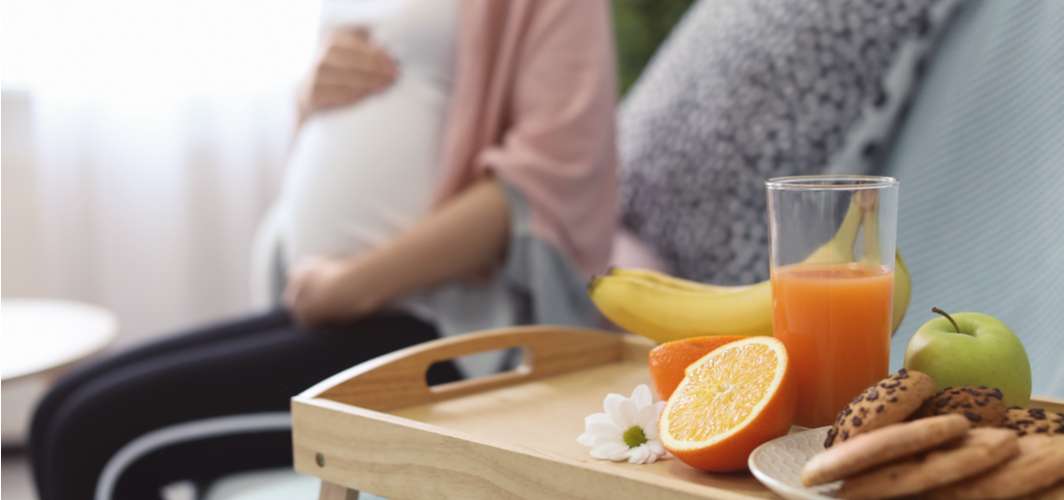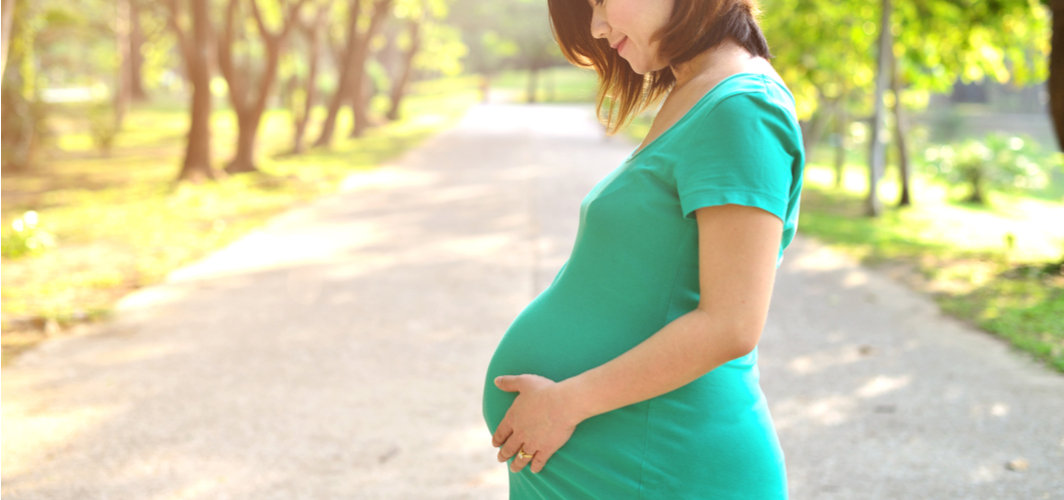- Home
- Blog
- Women's Wellness
Endometriosis: The Hidden Cause of Severe Menstrual Pain
Women's Wellness
Endometriosis: The Hidden Cause of Severe Menstrual Pain
By Apollo 24/7, Published on- 25 March 2021, Updated on -18 October 2022
Share this article
2
15 likes

Some women experience pain during their menstrual cycle because the uterus contracts to shed its inner lining called the endometrium. While for some the pain is mild and short-lived, others may have to deal with excruciating pain throughout the menstruation cycle. Severe period pain could be a sign of endometriosis, a condition where the endometrium develops in places other than the inner lining of the uterus.
Studies suggest that endometriosis affects about 1 in 10 women of reproductive age (15 to 49 years of age) but most of them are unaware of this condition. The month of March is observed as ‘Endometriosis Awareness Month’ to increase awareness about this debilitating condition that affects approximately 176 million women across the globe.
What are the symptoms of endometriosis?
Women suffering from endometriosis may experience different symptoms depending on the severity of the condition. Some of the most common symptoms of endometriosis include:
- Pain during periods that hinders the normal activities
- Heavy bleeding during periods
- Constant pain in the lower part of the stomach and back that gets worse during periods
- Pain during or after sexual intercourse (dyspareunia)
- Pain while urinating or passing stool during periods
- Difficulty in getting pregnant
- Bloating, constipation or diarrhoea during periods (due to the presence of endometrial tissue in the large intestine)
- Presence of blood in the urine and need to urinate frequently during periods (due to the presence of endometrial tissue in the urinary bladder)
- Symptoms of anxiety and depression due to chronic pain (rare).
What are the causes of endometriosis?
The exact cause of endometriosis is unknown. However, some theories may explain the underlying cause of endometriosis:
- During menstruation, small parts of the lining of the uterus (endometrium) may flow backwards through the fallopian tubes into the abdominal cavity, rather than flowing out of the body through the vagina with the period blood. During periods, these tissues also bleed like the ones present inside the uterus. This results in inflammation, scarring, adhesions and cyst formation over time.
- The cells of the endometrium (endometrial cells) may travel to another location through blood or lymphatic vessels.
- Cells of different body parts may transform into endometrial cells.
Who is at increased risk of developing endometriosis?
Any woman in their reproductive age can develop endometriosis. However, some women who can be at increased risk of developing endometriosis include:
- Women who started menstruating earlier than usual or hit menopause later in life
- Women with a family history (mother, sister or daughter) of endometriosis
- Women who didn’t get pregnant before the age of 30 years
- Women with structural abnormalities of the uterus
- Women with a short gap between menstrual cycles (less than 27 days) but bleed heavily for more than 8 days.
How is endometriosis diagnosed?
Doctors generally understand the medical and family history before offering treatments and also perform a pelvic exam to diagnose the condition better. Sometimes, ultrasonography, CT scans and MRI are also prescribed to confirm the diagnosis.
The endometrial tissue can be found in the peritoneum, ovaries, fallopian tube, outer surface of the uterus, urinary bladder, ureter (tubes that connect the bladder to the kidneys), intestines and rectum. Hence, the doctors may also prescribe laparoscopy to determine the presence of endometrial tissues in the abdominal cavity. Some women may also require a biopsy (removal of a part of the endometrial tissues) to confirm the diagnosis.
Can endometriosis be treated?
There is no cure for endometriosis as yet. Therefore, the treatment is focused on reducing the pain and improving the quality of life of the affected women. The treatment involves:
- Use of painkillers such as ibuprofen and paracetamol to ease the pain.
- Use of drugs to suppress the activity of the ovaries and reduce the progression of misplaced endometrial tissue. These drugs include oral contraceptive pills (with both estrogen and progesterone), progestins (for instance medroxyprogesterone and norethindrone), Gonadotropin-releasing hormone agonists and antagonists, and synthetic male hormone (danazol).
- Laparoscopic surgery to remove the endometrial tissue present in locations other than the uterus. Surgery is only advised if the person does not respond well to the prescribed drugs or the endometrial tissue has led to scarring and adhesion.
- Surgery to remove a part or the entire organ affected by endometriosis. For instance, removal of the uterus (hysterectomy).
What can be done to deal with the pain associated with endometriosis?
Apart from medical treatments, women diagnosed with endometriosis can better manage the condition and its effects by:
- Practising pelvic floor exercises such as Kegel exercise and squats to strengthen the muscles of the pelvic floor, thus reducing the intensity of pain.
- Practising breathing and relaxation exercises, meditation and yoga to stay stress-free which can otherwise make the pain worse.
- Consuming a healthy diet filled with fibrous foods, fruits, vegetables, legumes and whole grains as research shows they help reduce the symptoms of endometriosis.
Takeaway
Endometriosis is extremely painful as during menstruation, the misplaced endometrial tissues grow and start bleeding. This causes irritation, inflammation and swelling in the surrounding tissues. Due to the breakdown and bleeding of these tissues every month, scar tissue starts developing, which in certain cases can make the organs stick together. However, early diagnosis and proper medical treatment can help prevent serious complications.
Considerable research is currently ongoing to find new treatments and non-invasive therapies to treat this debilitating condition. However, as part of this Endometriosis Awareness Month and beyond, it is important to be able to remove harmful stigmas and talk about it openly with friends and family.
Consult a gynaecologist for any questions related to women’s health, including endometriosis.
Services
Women's Wellness
Leave Comment
Services
Recommended for you

Women's Wellness
The Foods Best Avoided or Limited During Pregnancy
Some foods and beverages like unpasteurized dairy products, fish high in mercury, etc. should be avoided during pregnancy as it can have adverse effects on both the mother and baby.

Women's Wellness
Gynaecological Problems After COVID-19 Recovery
While little research has been done on the effect of the COVID-19 virus on the reproductive system of women, some gynaecological issues have been noted after their recovery.

Women's Wellness
Why Some Women Experience Heartburn During Pregnancy
Changes in hormone levels and body shape due to the baby growing may be the cause of heartburn in pregnant women. Usually, heartburn symptoms are mild and manageable during pregnancy.
Subscribe
Sign up for our free Health Library Daily Newsletter
Get doctor-approved health tips, news, and more.

